Carillion
Keystone Habitats was engaged by Carillion to carry out the de-vegetation of the rail bridge structures and embankments in Maidenhead to facilitate engineering inspections. The sites were challenging in terms of timescale, the nature of the structures and working parameters such as road and rail closures required to allow the works to proceed.
What did we do?
- Cleared all vegetation, including 3 mature trees from both sides and the quadrants of the rail over bridge on Forlease road. This included trackside work on the bridge parapets.
- Cleared all vegetation including 9 mature trees from the embankments at the Canal Bridge site.
- Removed all material from the immediate site, chipped or processed it accordingly and removed away from site entirely.
How did we do it?
- Prior to works commencing a Keystone Habitats Contract Manager visited the site and carried out a survey of the works required. The survey allowed us to evaluate the scale of the works and identify safe systems of work.
- Following on from this and in close liaison with Carillion a works package plan was formulated in order to carry out the works safely and within the given timescales and planned closures of road and track.
- On both sites ground vegetation and light scrub was removed using brush cutters, chainsaws and hand tools. Much of this work was carried out trackside under supervision of a COSS (Control of Site Safety).
- As the light scrub and ground vegetation was removed a fully certified team of tree surgeons began the process of taking down the mature trees.
- All the mature trees were sectioned down and the sections safely moved to the chipping area by a positioned skyline.
- The sections and all branches were then processed and chipped before complete removal from the site.
- All works were carried out under close supervision of our on-site ecologically trained managers.
What were the outcomes?
- The project was delivered to a very high standard, within the time limit and on budget.
- The engineering inspections could be carried out within the set timetable and all services returned to normal as planned.
- Disruption to surrounding properties and road and rail users was negligible.
This entry was posted in Case Studies, Habitats, Major Infrastructure. Bookmark the
permalink. Both comments and trackbacks are currently closed.
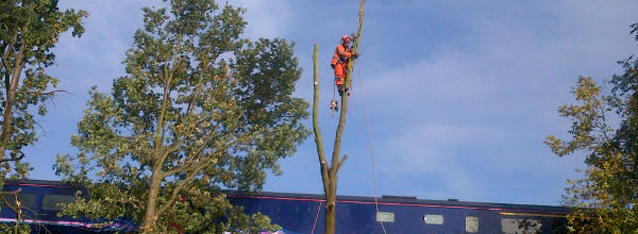

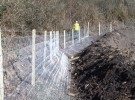

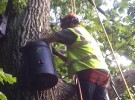


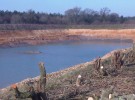
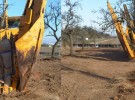


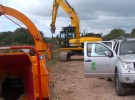
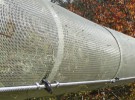
Embankment and Structure De-Vegetation, Maidenhead
Carillion
Keystone Habitats was engaged by Carillion to carry out the de-vegetation of the rail bridge structures and embankments in Maidenhead to facilitate engineering inspections. The sites were challenging in terms of timescale, the nature of the structures and working parameters such as road and rail closures required to allow the works to proceed.
What did we do?
How did we do it?
What were the outcomes?